Fiber Arts Take Over a Former Seaport Warehouse in NYC
See waterfalls of fabric, intricate threadwork, massive tapestries, and more!


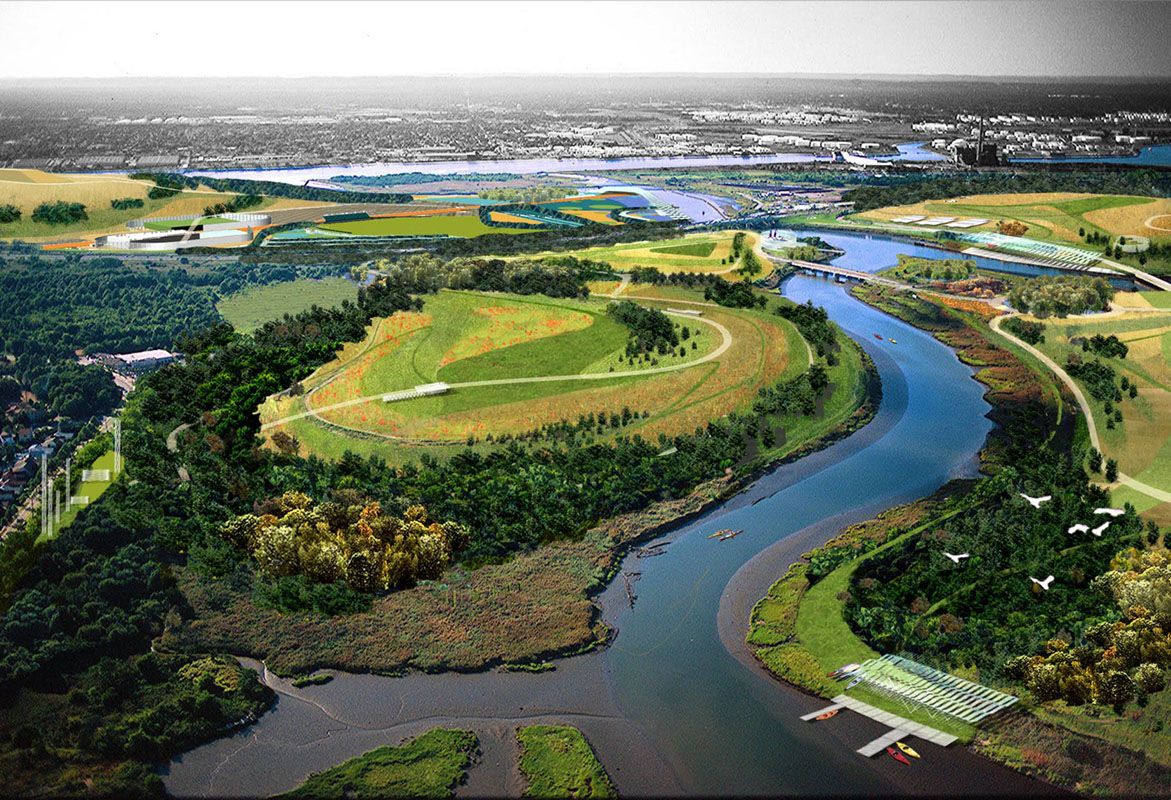
Although the opening of Freshkills Park seems like a very long ways from now, we were given a taste of what’s to come last year, when the first park section broke ground in Staten Island. When completed, the former landfill turned 2,200-acre green space will be the second largest park in New York City, the largest park constructed since the 19th century, and three times bigger than Central Park.
In the meantime, take a look at our list of fun facts about Freshkills Park:
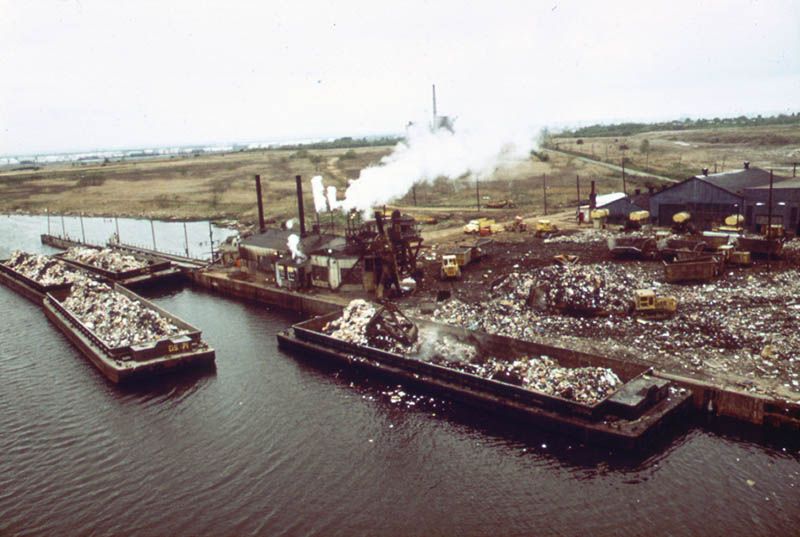
When Fresh Kills opened as a landfill in 1948, the initial plan was to use the space temporarily for 20 years. By 1955, however, it became the principal landfill for household garbage collected from New York City. At the peak of its operation, as many as 20 barges — each carrying 650 tons of garbage — were emptying its contents onto the site each day. The landfill soon became the world’s largest man-made structure (rising 82 feet higher than the Statue of Liberty), according to authors John Lloyd and John Mitchinson in Qi: the Book of General Ignorance.
Had it been kept open, the landfill would have eventually reached an elevation of 500 feet to become the highest point on the East Coast, Britannica reports. Due to public pressure, however, the site was closed on March 22, 2001. It would temporarily reopen after September 11th to accommodate the rubble from the attacks before the site was reclaimed for the construction of the new park in 2008.
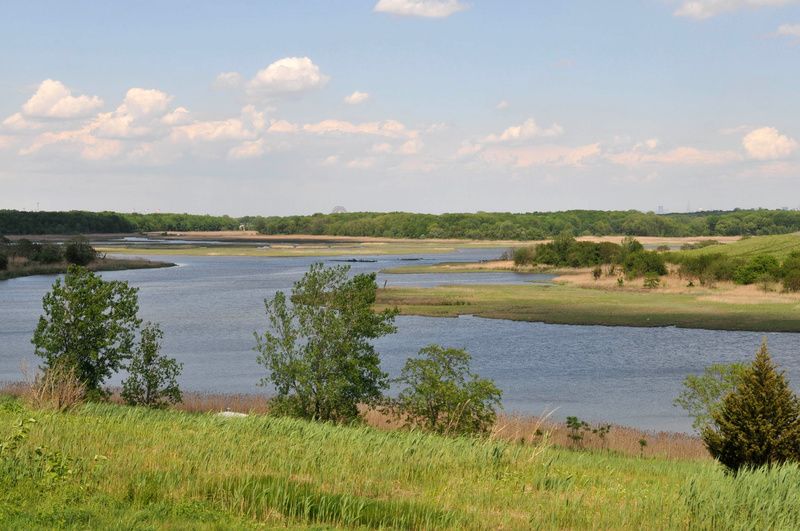
Although Fresh Kills shuttered in March 22, 2001, it reopened just a few months later following the September 11th attacks. Wreckage from the tragedy, including remains of the dead, were sent to the site for detectives and forensic scientists to examine.
The daunting task required over 1.7 million hours of work by specialists who attempted to recover and identify the remains of those who were killed. In total, 4,257 pieces of human remains were discovered, and 300 people were identified. The rest of the debris has since been buried in a portion of the Fresh Kills landfill although Dr. Charles S. Hirsch, the city’s chief medical examiner, is “virtually certain” that traces of human remains are still present.
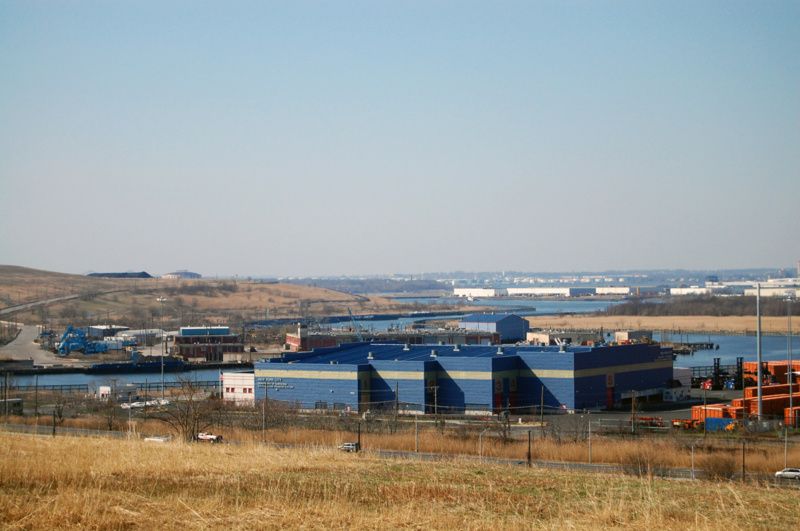
By the second half of the 20th century, Fresh Kills was not just the principal landfill for New York City household garbage, but also the world’s largest landfill. The dumping grounds were allowed to remain open thanks to a Consent Order between the State and the City, while a number of other similar sites throughout the five boroughs were closed as new environmental regulations came into effect.
By 1991, Fresh Kills was the city’s only operating landfill receiving residential garbage. After it closed in 2001, New York City started exporting its waste to other states. NYC Parks tells us that Staten Island’s waste is sent to DSNY’s Staten Island Transfer Station where it is compacted, sealed into shipping containers and railed by a private contractor to a landfill in South Carolina.
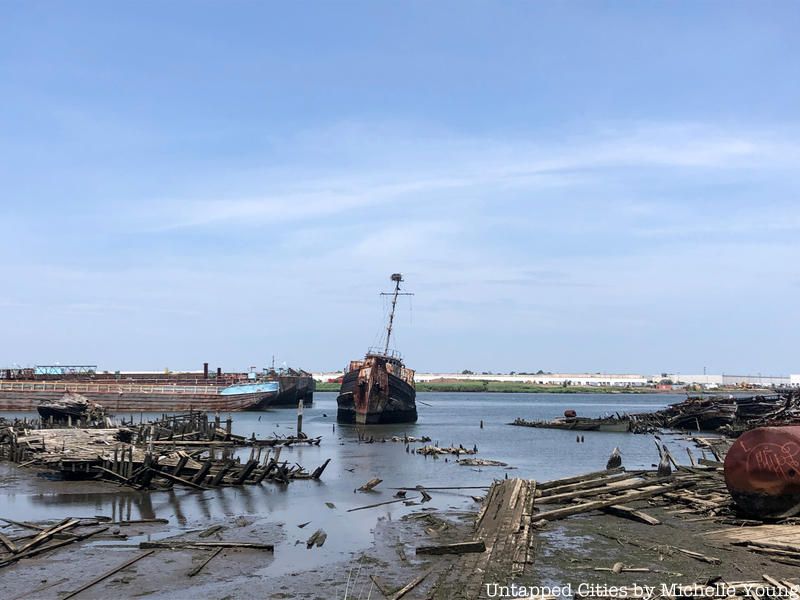
Another relic of New York City’s industrial past, the Arthur Kill ship graveyard is a collection of abandoned vessels along the Arthur Kill waterway, which sits along Freshkill Park’s western edge. Known as the Witte Marine Scrap Yard, the Arthur Kill Boat Yard, or simply the “Staten Island Boat Graveyard,” it’s the city’s only remaining commercial marine salvage yard, located in Rossville, Staten Island.
The Witte Marine Scrapyard was founded in the 1930’s by John J. Witte and is now the “official dumping ground” for decomposing vessels, in addition to decommissioned tugboats, ferries and barges. Despite its desolate location, the “accidental marine museum” is becoming one of New York City’s many tourist attractions. Read more here.
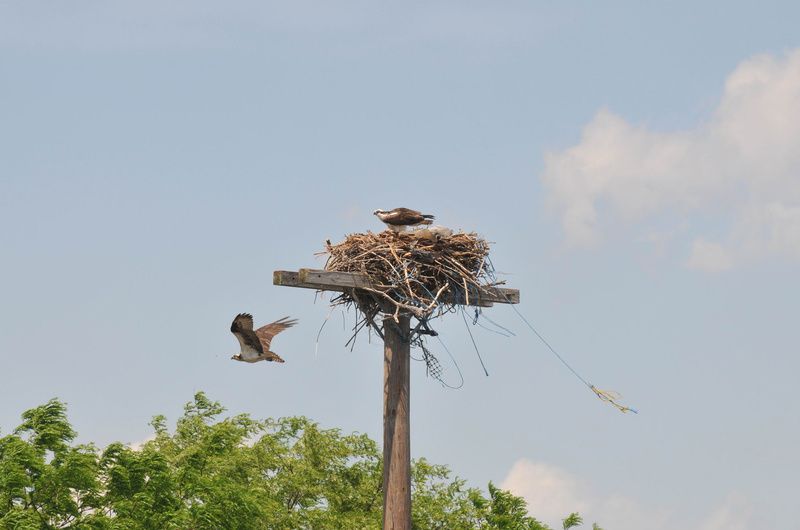
A grim statistic by the Freshkills Park Alliance reveals that less than 1% of original grasslands remain in the Northeast. This makes it even more imperative for New York City to conserve the natural beauty of Freshkills, which includes not only creeks and wetlands, but expansive meadows that serve as home to many plants and animals.
The mounds of the Fresh Kills Landfill have since been covered by a cap and seeded with native plants, and the engineered meadows at Freshkills Park are providing a vital habitat to many grassland bird species, including the bobolink, swallows, sparrows, buntings, and warblers. Since the landfill’s closure, more than 200 species of birds, mammals, reptiles, and amphibians have been sighted there. The New York Times also writes that the new habitat has attracted nearly a dozen species of animals considered to be rare in New York City. Among other wildlife, the grasshopper sparrow, regarded as a “species of concern,” has returned to the site.
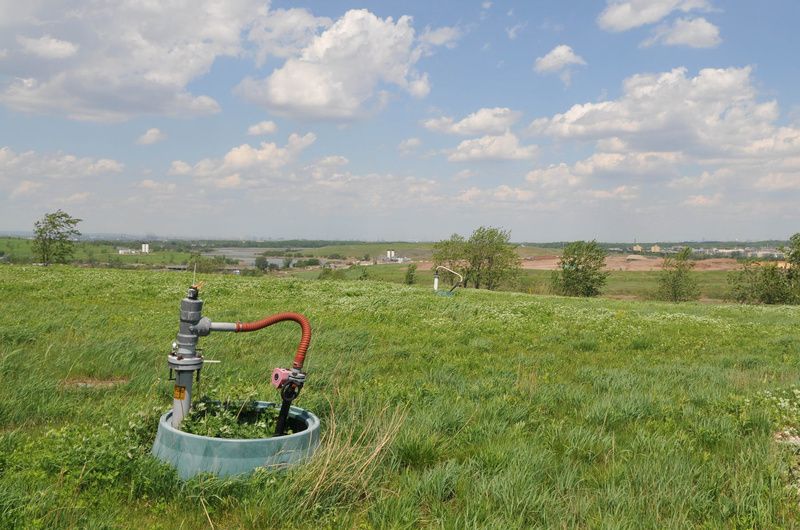
One of the most interesting things about Freshkills Park is its current method of waste management, given its storied past as a landfill.
As we learned from NYC Parks, when organic waste decomposes at Freshkill Parks, it produces an invisible landfill gas, which is comprised of methane and carbon dioxide. To take care of this influx of gaseous fumes, a huge network of underground pipes act like a vacuum for the gas, which is treated on site and then used by National Grid to provide energy to homes and businesses on Staten Island.
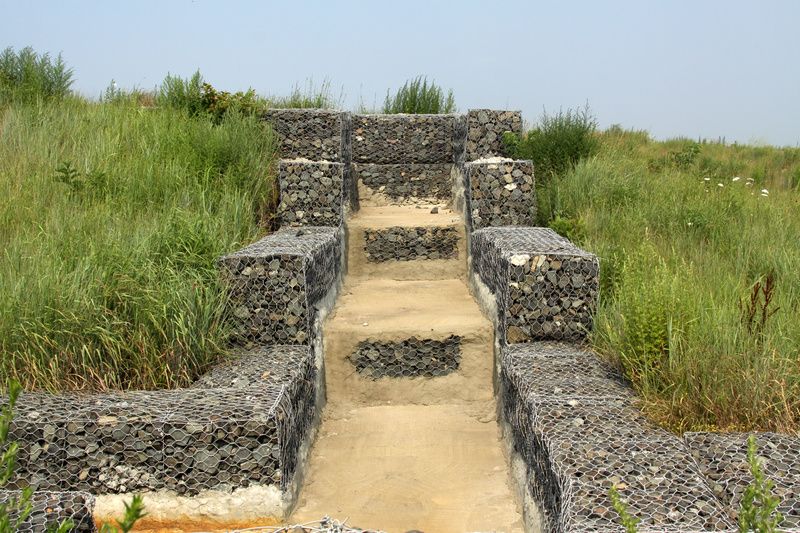
Image courtesy The City of New York and Freshkills Park
Another bit of infrastructural geekery: when rainwater falls on Freshkills Park’s hills, it’s collected through a network of swales, channels, and downchutes, then sent to detention basins at the bottom of the hills.
This system ensures that water doesn’t destabilize or erode the layers of soil that make up the landfill cover. Since this engineering was installed, the quiet waters of the detention basins have become freshwater ecosystems that serve as a habitat for a variety of wildlife, including painted turtles.
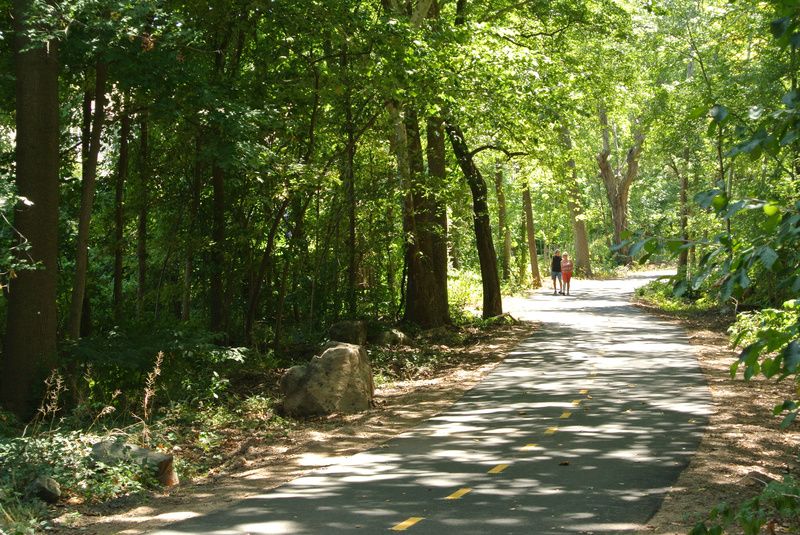
It’s a grand understatement when we say that Freshkills Park is a huge endeavor. At 2,200 acres, it is the world’s largest landfill-to-park project, which will be fully realized in 2035-37.
In order to make its construction more manageable, NYC Parks plans to build the park in phases from the outside in. Projects that provide direct connection to the communities surrounding the park were given the highest priority, and some small projects have already opened. In the meantime, NYC Parks and the Freshkills Park Alliance host occasional events and provide early access for learning and exploration opportunities.
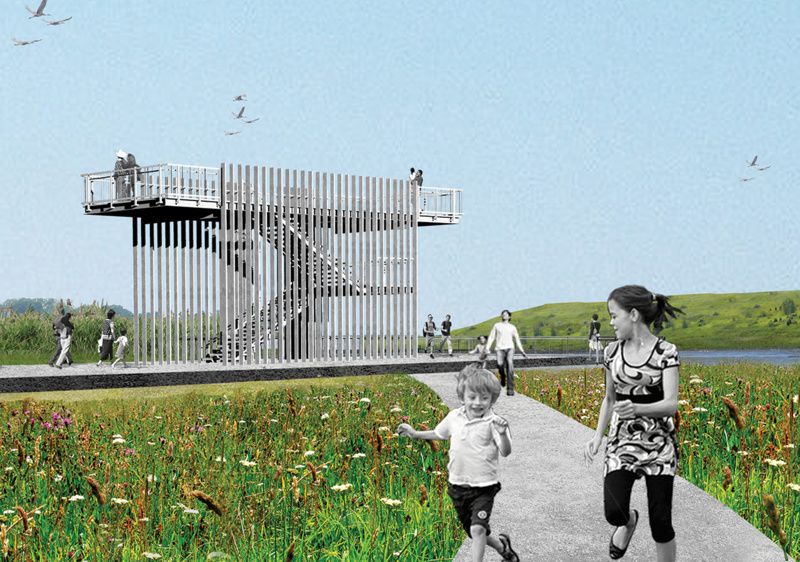
Construction on phase one of North Park is currently underway! Debuting in 2020, North Park will be the first section inside the Fresh Kills Landfill boundaries to open to public, connecting visitors to expansive views of Freshkills Park’s hills and waterways.
As we previously mentioned, North Park comes at a price tag of $29.7 million and will offer various amenities to visitors. This includes a multi-use pathway, numerous smaller pathways, a seven-acre seed farm, a forested plateau, a composting comfort station (akin to the one at Prospect Park), a picnic lawn, a waterfront overlook deck and a bird observation tower. Read more about North Park here.

Before landfilling began at Fresh Kills, the site was much like the rest of northwest Staten Island, comprised primarily of tidal creeks and coastal marsh. In fact, the name “Fresh Kills” comes from the Middle Dutch word kille, meaning “riverbed” or “water channel.”
“The topography was low-lying, with a subsoil of clay and soils of sand and silt. The remainder of the area was originally farmland, either actively farmed, or abandoned and in stages of succession,” an NYC.gov report notes. Even during its lifespan as a city landfill, forests, tidal wetlands and freshwater wetlands existed. However, people did not realize the ecological value of these habitats at the time, and it was common practice to fill in marshlands across New York City.
Next, check out 10 Man-Made Areas of NYC and learn more about the First Park Section Inside Freshkills.
Subscribe to our newsletter